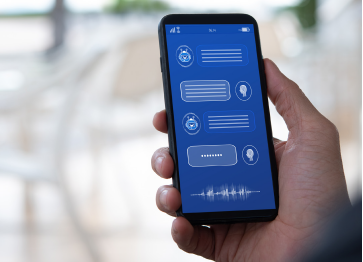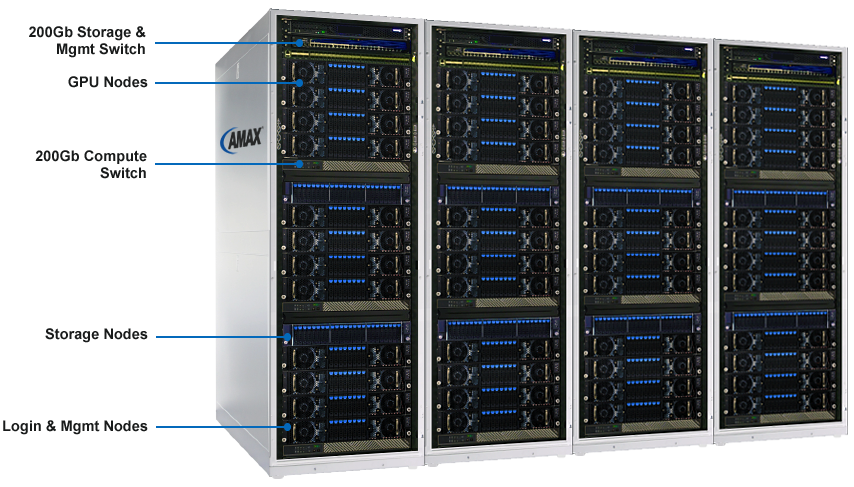What is Natural Language Processing?
Natural Language Processing (NLP), is a subfield of artificial intelligence and computer science that deals with the interaction between computers and human language. NLP focuses on enabling computers to understand, interpret, and generate human language, both written and spoken.
What are Large Language Models?
Large Language Models (LLMs), is a type of artificial intelligence system, It is based on deep learning algorithms that are trained on massive amounts of text data, such as books, articles, and web pages. By analyzing this data, LLMs are able to learn patterns and relationships in language, which enables them to perform a wide variety of natural language processing (NLP) tasks, such as language translation, sentiment analysis, and text generation.
LLMs can be trained using different architectures, but some of the most popular ones include BERT (Bidirectional Encoder Representations from Transformers), GPT (Generative Pre-trained Transformer), and Transformer-XL.
The rise in popularity of ChatGPT and its important role in the AI field
ChatGPT is a critical and versatile tool that has a wide range of applications in various industries and fields. Organizations are enabling ChatGPT in Customer Service, replacing human interaction entirely by providing quick and accurate info on products and support, great for Language Translation. It allows individuals to communicate with each other using different languages. In education, it helps students learn and understand complex concepts. It provides explanations and examples clearly and concisely, making it easier for students to grasp challenging concepts.

How AMAX accelerates NLP workload?
Through AMAX’s high density GPU solutions, AMAX delivers customizable GPU POD solutions to meet the organization’s specific performance demand to become the NLP segment leader.
Parallel Computing: GPUs have many more processing cores than CPUs and can perform many calculations in parallel. This enables them to accelerate the training of deep learning models, which are essential for many generative AI applications.
High Speed: GPUs are designed to process large amounts of data quickly and efficiently, making them ideal for handling the massive amounts of data required for generative AI models.
Memory Bandwidth: GPUs have a higher memory bandwidth than CPUs, which enables them to access data more quickly. This is essential for deep learning models, which require large amounts of data to be processed swiftly.
Model Optimization: GPUs can be used to optimize the performance of generative AI models by fine-tuning the model parameters. This process requires many calculations to be performed quickly, which GPUs can handle more efficiently than CPUs.
Contact us to learn more or to request a quote.
How AMAX supports customers to accelerate the
development of LLM based applications?
Multi-Node GPU Training Cluster
